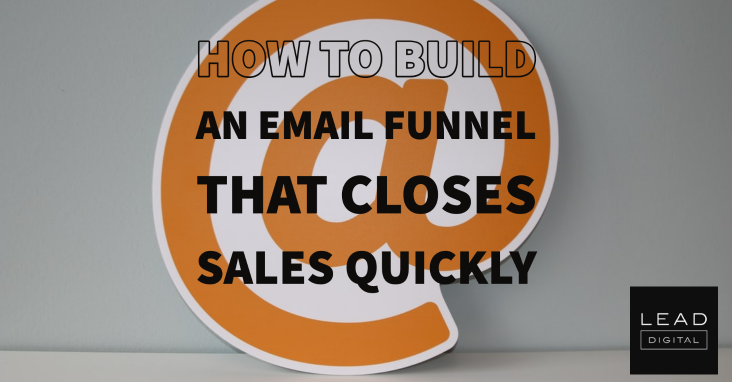
Don’t let the term “email funnel” scare you.
It’s much easier than you think. It’s true that if you’re new to building funnels, you might feel slow as molasses at first.
But once you get the hang of it, it’s pretty easy. Don’t believe me?
Just keep reading. By the end of this post, you’ll be fully capable of building effective email funnels that generate sales.TABLE OF CONTENTS
What is an email funnel?
Simply put, an email funnel is a path or route you build over email for potential customers to travel from their first interaction with your business to the last step on the journey where they convert.
That route could look something like this:
From social media > blog post > email newsletter > autoresponders > conversions.
But “conversions,” when it comes to email funnels, doesn’t always mean sales. You can create your email funnel to either convert subscribers into customers (sales), convert them into attendees for an event, or convert them for something else that’s not sales related.
Essentially, this means there are two major types of email funnels:
- Email sales funnels
- Email marketing funnels
When you’re building an email funnel to ultimately convert subscribers into sales, you’re essentially building an email sales funnel.
But if you’re building it to convert your email contacts into event attendees or any other non-sales results, then — for the most part — you’re building an email marketing funnel.
However, since most business owners and marketers build funnels for sales, that’s what we’ll be focusing on in this guide.
Do email funnels actually work?
“Email funnels,” as a term, has become an everyday word for business owners, marketers, and salespeople.
And when anything becomes part of common language this way, it is tempting to start to think that it’s just hype and not a genuinely valuable tool.
But that’s not the case with email funnels; they actually work.
GetResponse customers are a living-proof of this.
Take Alex Terrier, jazz musician and a music teacher offering online music courses who gets 19% email signup rate with his content.
Or Landcafe, an online store created out of the love of travel and coffee, offering artisanal coffee beans, who get 54% of their sales from their educational email campaign.
If that’s not enough, just do a quick Google search for “email sales funnel case study” and see how many businesses have gotten their entire success from sales funnels they built over email.
Now, let’s dive right in and create your own email funnel success story.
Author’s note: You can build your email funnel from scratch using GetResponse’s Conversion Funnel.
How to create an email sales funnel that actually sells
You automatically create an email sales funnel when you:
- Start a campaign or create a content piece to collect the emails of your potential customers.
- Build relationships with people on your list by emailing them helpful content consistently — without being annoying, of course.
- Send prospects a series of emails to sell them on an offer.
- Close sales, making it easy for customers to buy.
String these four things together and you have a working email sales funnel.
But let’s explore these four funnel elements more deeply so you can learn how to best use each of them to build high-converting funnels.
1. Collect the emails of actual potential customers
The emails you collect will determine the success of your email funnel.
It’s possible to collect 100,000 emails and get few to zero sales when you eventually try to sell them your product or service. Know why this can happen? There are several reasons, but a major one is that those 100k emails you got came from people who weren’t your potential customers. – Read more



